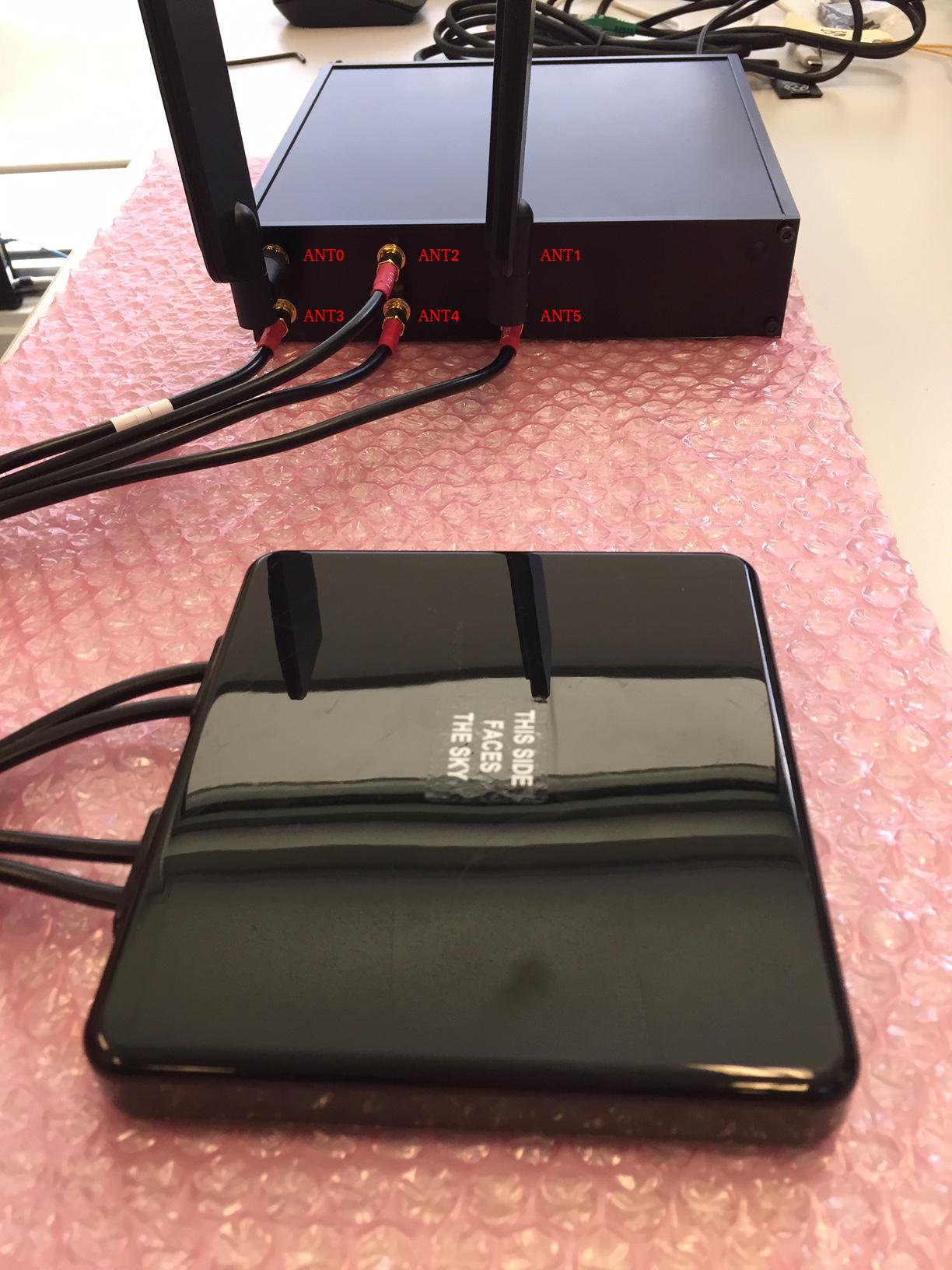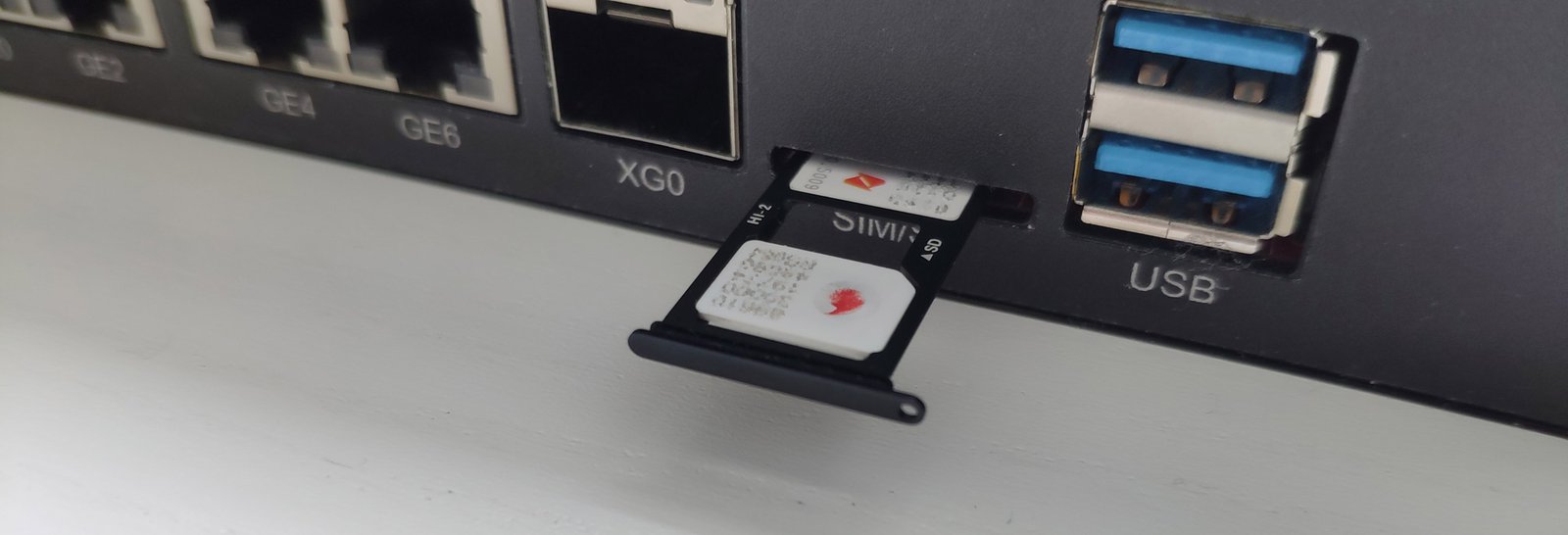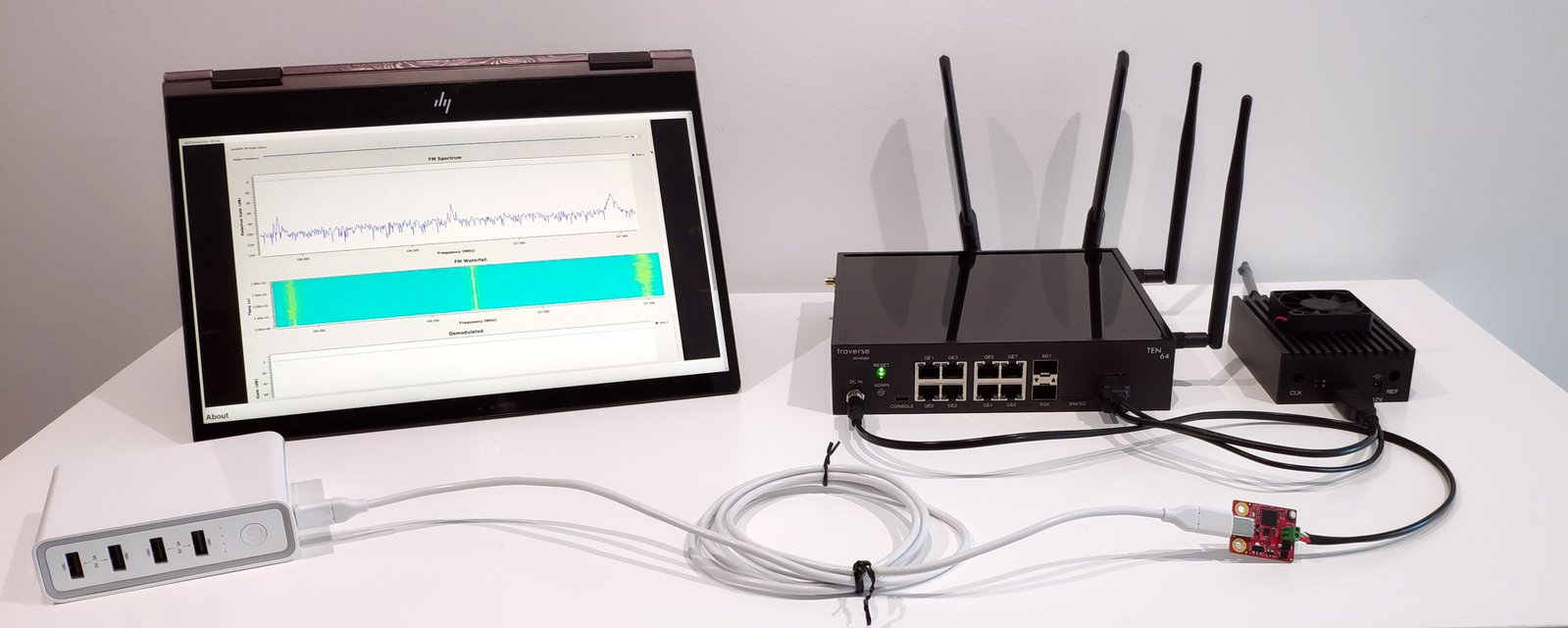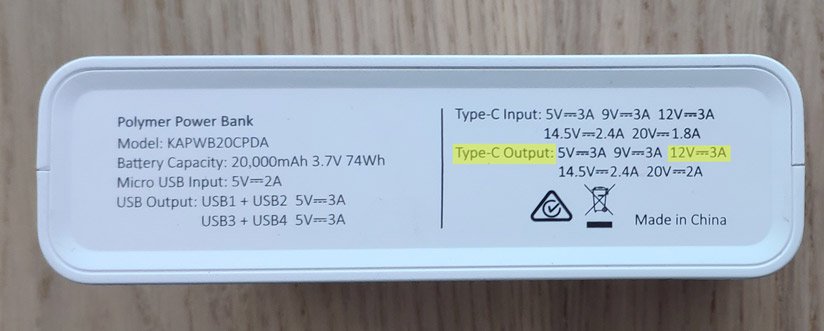We’re funded! Campaign pricing extended to November 23.
Many thanks to all the backers who supported the campaign. We are now successfully funded and moving forward with our manufacturing plans. In consultation with Crowd Supply, we’ve decided to extend the campaign period to Monday the 23rd of November to give a bit more time for you to purchase a Ten64 at the campaign price and to digest a few of the recently published updates:
- Using a LimeSDR with Ten64 to Stream FM Radio
- Crypto and AI Acceleration
- Virtualization and Self-contained Kubernetes Clusters
- Cellular/5G Access with Ten64 (this one!)
After the 23rd of November, prices will increase for the pre-order period (until the first campaign orders are delivered) and then again once Ten64 is in stock and ready to ship on demand. We recommend you get your orders in as soon as possible - especially if you want to secure a factory build with ECC RAM at a good price. Post-campaign, sales through Crowd Supply will come as "barebones" units which will not have memory pre-installed.
Standalone ATX Conversion Kits
A couple of backers asked about obtaining standalone ATX/ITX parts (I/O faceplate, power cable and heatsink) for their complete kit units. We are trying to get these added to the complete (desktop) kit without cost impact by optimizing our packaging and bill-of-materials. If this does not happen, we will list the standalone item in late January in time to be shipped alongside your Ten64 order.
A small number of backers ordered the NAS DIY Kit early in the campaign, which was deprecated in favor of the "bare board" option. We will make sure you get an equivalent set of items and refund any difference in your favor.
Internet Anywhere: Cellular and 5G with Ten64
5G cellular networks are being deployed around the world right now. When deployed with large amounts of spectrum (>100 MHz), they can provide compelling speeds (above 1 Gbit/s) that might not otherwise be available to users at the same location. A cellular modem is also useful for supporting off-grid applications where fixed connections are not possible or where the Ten64 is mobile, such as in a car.
On the hardware side, Ten64 support the latest 5G modems, which differ from 4G in a number of ways:
- Longer form factor (52 mm) for high-end modems
- For maximum throughput (more than two gigabits with >200 MHz of spectrum), Ten64 provides a lane of PCIe 3.0 to the modem, alongside the existing USB 3 connection.
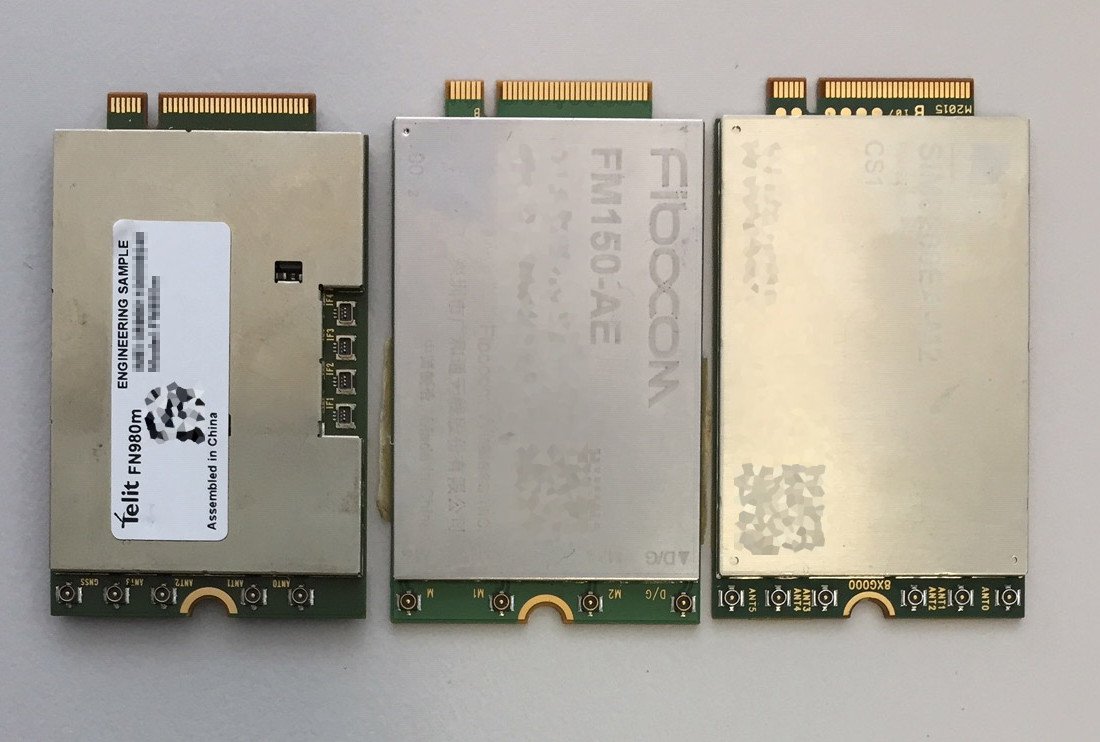
As 5G can simultaneously use a mix of spectrum bands, such as combinations of 600-900 MHz (low-band FDD), 1800/2100 MHz (mid-band FDD) and 2300/3500 MHz (TDD mid-band), as well as a GPS/GNSS receiver, 5G modems can have between four and six antenna ports. The Ten64 desktop enclosure provides more than enough antenna connections:
We recommend using a 5G MIMO Panel antenna (as shown above), but you can also use a couple of monopole antennas spaced around the unit.
Some 5G modems (such as the Telit sample pictured above) also provide connectors for mmWave antenna modules. These require careful integration into the host system and are generally only used for devices where portability is expected - such as tablets - or specially designed outdoor mmWave active antennas.
Ten64 also supports dual-SIM, allowing a compatible modem to switch between connections if needed, like switching to an alternative provider when the current provider has no coverage. (Unlike recent smartphones, all dual-SIM modems currently on the market only support "standby" switching.)
On a commercial 5G network, we can obtain above 600 Mbit/s. As technology improves, operators re-farm spectrum from older technologies, and more microcells are deployed, speeds above a gigabit are likely to become commonplace.
You can also use a cellular modem for failover (providing internet access when your primary internet connection is down) or bonding (combining wired and cellular access to achieve faster download speeds). The following software packages can help you achieve this:
- mwan3 in OpenWrt can be used to do failover between multiple WANs or to route certain applications over a certain WAN connection.
- Glorytun multipath UDP tunnel.
- MP-TCP (Multipath-TCP) was recently added to the Linux kernel. It is already widely used by Apple iOS devices for seamless roaming between Wi-Fi and cellular connections.
For bonding/aggregation, you generally need a remote server that can terminate multiple tunnels. It is possible to use mwan3 to balance traffic across multiple links if you only need to boost the total bandwidth available instead of the download speed of a single connection.
Powering Ten64 with a USB Power Bank
The USB-C Power Delivery spec allows for portable battery banks to deliver 12 V power, as needed to run Ten64.
Using a "trigger" board like the PD Buddy Sink (the red board in the above photo), you can run a Ten64 from a commercially available battery bank.
Using a 74 Wh battery bank, we were able to run a Ten64 for just under two hours while supporting a Wi-Fi card, 5G modem, and one connected client.
Obviously, if you just need 5G access on the go, there are better options, such as dedicated hotspot devices or smartphone tethering. But if you have an insatiable appetite to run a Kubernetes cluster anywhere, here is your chance!
The only downside is that battery banks will shutdown abruptly when they can no longer support the required output power. Maybe it’s time for a redundant array of inexpensive battery packs?
